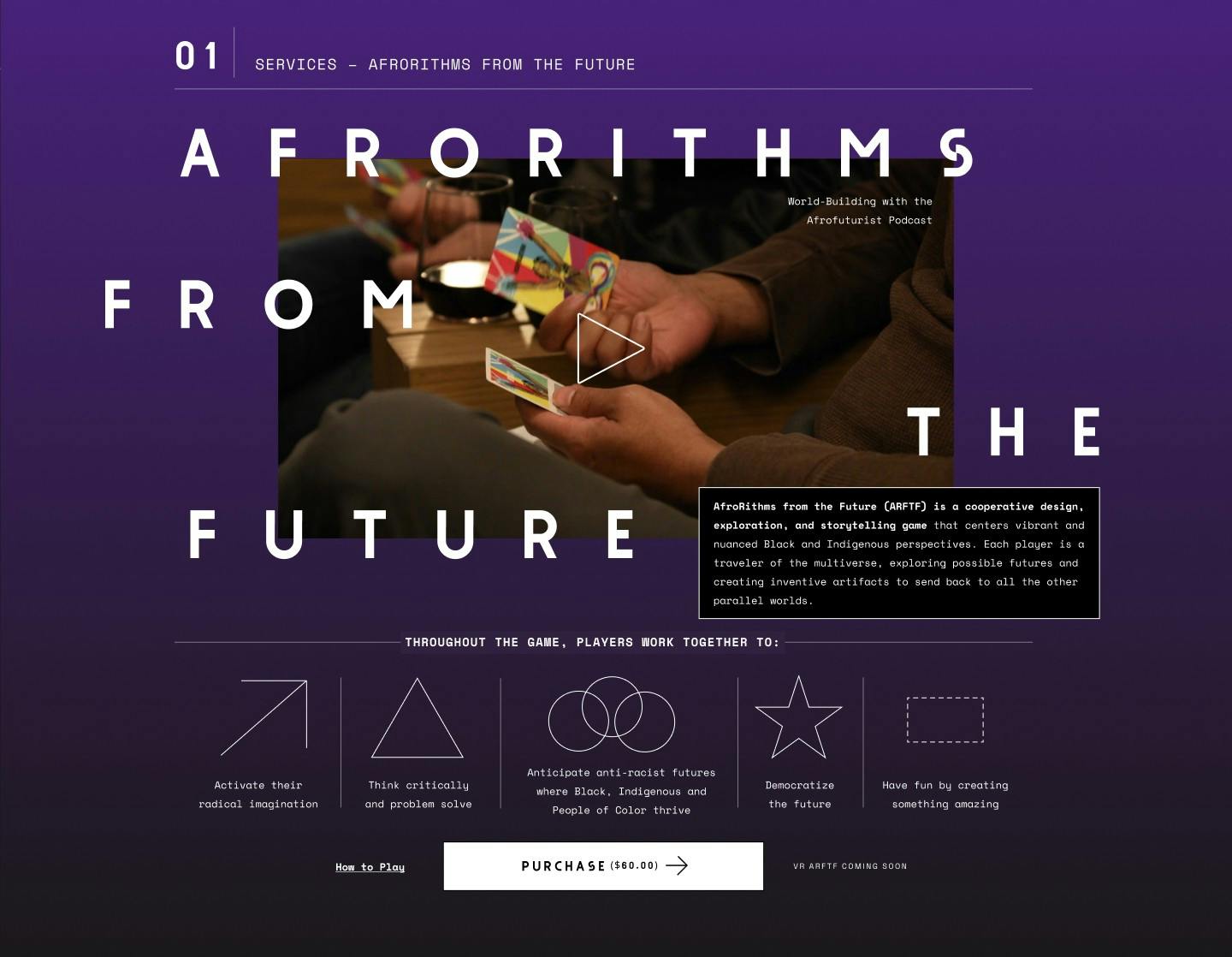In today's competitive market, having a strong and well-defined brand can make all the difference for a business's success. A brand is not just a logo or a name; it is the way your customers perceive your business and what sets you apart from your competitors. Therefore, it is crucial to have a well-crafted brand development strategy to ensure your brand stands out and resonates with your target audience. In this article, we will discuss the importance of a brand development strategy, the key elements of it and how to measure its success.
Brand Positioning and Target Audience
Before diving into the steps of crafting a brand development strategy, it is essential to understand the core concepts of brand positioning and target audience. Brand positioning is the process of how you want your customers to perceive your brand and what makes it unique. This includes your brand's purpose, values and how it solves a problem or fulfills a need for your target audience.
Speaking of the target audience, it is crucial to identify who your ideal customers are for a successful brand development strategy. This includes their demographics, behaviors and interests. Understanding your target audience will help you tailor your brand messaging and reach them effectively.

Artwork by Thea Bergeron.
What steps should I take to develop a successful brand development strategy?
Now that we have defined brand positioning and target audience, let's dive into the steps of crafting a successful brand development strategy. The first step is research; analyze your market, competitors and target audience to understand their needs and preferences. This will help you formulate a unique and compelling brand positioning.
The next step is defining your brand's purpose and values. Customers today are looking for more than just a product or service; they want to connect with a brand that aligns with their beliefs and values. Clearly stating your brand's purpose and values will help you stand out in the crowded market.
Next, it is essential to develop a compelling brand identity, including a logo, color paletteand brand messaging. Your brand identity should reflect your brand's purpose and appeal to your target audience.
Once you have established your brand identity, you can focus on creating a consistent brand experience across all touchpoints, such as your website, social media, packaging, etc. This will ensure that your customers have a consistent and cohesive experience with your brand, leading to brand loyalty.
How can I differentiate my brand from my competitors?
This is a common question that arises when crafting a brand development strategy. To differentiate your brand from your competitors, you need to have a clear understanding of your brand's unique selling points (USPs). What makes your brand stand out from others in the market? Is it the quality of your product, exceptional customer service or sustainability practices? Highlighting your USPs in your brand messaging and marketing efforts will help set you apart from your competitors.
What methods can I use to effectively promote my brand?
Promotion is a crucial aspect of a brand development strategy. You need to create brand awareness and reach your target audience effectively. Some of the methods you can use to promote your brand are social media marketing, influencer partnerships, content marketing and public relations. It is essential to choose the right channels and tactics based on your target audience and budget.

Artwork by Thea Bergeron.
How can I measure the success of my brand development strategy?
To measure the success of your brand development strategy, you need to establish key performance indicators (KPIs) and track them regularly. These can include metrics like website traffic, social media engagement, customer feedback and sales. By monitoring these KPIs, you can see how your brand development strategy is performing and make necessary adjustments if needed.
Brand Development Design
Brand development design is the process of translating your brand's purpose and values into a visual representation through your brand's logo, color palette, typography, etc. It is crucial to put thought and effort into your brand's design to create a strong and recognizable brand identity. Your brand development design should be consistent, unique and appealing to your target audience.
In conclusion, having a well-crafted brand development strategy is essential for the success of any business. It helps you differentiate your brand, connect with your target audience, and create a memorable and consistent brand experience. By following the steps outlined in this article and regularly measuring and adjusting your brand development strategy, you can ensure your brand's success in the marketplace.
To summarize, here are the key points discussed in this article:
- Brand development strategy is crucial for a business's success in a competitive market.
- Brand positioning and identifying your target audience are essential for a successful strategy.
- Steps to develop a successful brand development strategy include research, defining brand purpose and values, creating a brand identity and creating a consistent brand experience.
- Differentiate your brand from competitors by highlighting your unique selling points.
- Use various promotional methods such as social media marketing, influencer partnerships, and content marketing.
- Measure the success of your brand development strategy through established KPIs.
- Brand development design is crucial in creating a strong and recognizable brand identity.

